 Luigi Meatballs, soaking up the love with Sonya's mom, Linda. It would hardly be useful for this puppy to be afraid of things, because he really can't run away or defend himself. His evolutionary strategy is literally to be so cute and trusting that we immediately want to protect him. Luigi Meatballs, soaking up the love with Sonya's mom, Linda. It would hardly be useful for this puppy to be afraid of things, because he really can't run away or defend himself. His evolutionary strategy is literally to be so cute and trusting that we immediately want to protect him. Why do I call this a "race against nature?" Because when you meet a "great" dog, one that's never aggressive, calm in public, friendly to strangers, gives up his food and possessions willingly, a fun companion that you can take anywhere and do anything with, that is directly in opposition to a dog's default genetic programing. People often think there's something "wrong" with an aggressive or fearful dog, when in fact that's normal - you have to do some pretty strong interventions in the first 12 weeks of the puppy's life in order to shape the kind of dog you would want to live with. Why should this be so? We go into this in depth in Puppy Culture, but suffice it to say this is an adaptive evolutionary strategy tied to the mobility of the puppy.Puppies don't have the mobility to travel too far from the protection of their family too much before 8 weeks old, so it stands to reason they should trust everything they meet. By 8-12 weeks old, they have the wherewithal to wander off and get into trouble - it's a very good thing, from a "survival in the wild" point of view, that they should mistrust and fear stuff they encounter at that point. Bobcats, high and unstable surfaces, bodies of water - the world is full of dangerous stuff and, in the wild, at least, fear of the unknown is an excellent adaptive strategy. Not so good when your dog goes to your daughter's soccer game and perceives the bleachers as monsters and the other children as a threat... So It's a "race against nature" because the puppies' biological clock is ticking and that window of opportunity is closing a little more each day. Contrary to what you might read on the internet, you don't have until 4 or 5 months to get this socialization work done - a great deal of the most important and irreplaceable socialization experiences should take place when the puppy is still with the breeder. Sure, if important things were missed by the breeder, you can try to make up for it later, but it's a long hard slog up a steep hill, and the hill gets steeper and steeper every day after 12 weeks old.
Here are the puppies having a time with Tuesday's enrichment item - It's an awesome toy I picked up at Tractor Supply. I love it because it has a furry outside crinkly part, plus a squeakers and a bungee inside. 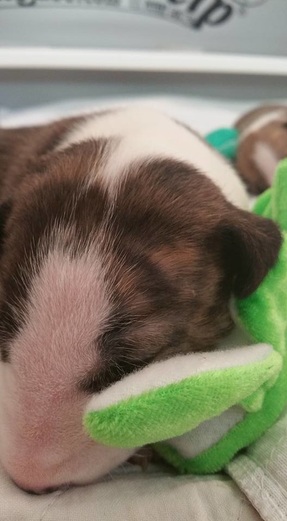 OK, sometimes we leave the toys in when the scene is just too cute to break up.... OK, sometimes we leave the toys in when the scene is just too cute to break up.... It's important to note that we take the enrichment items out of the whelping box after the puppies fall asleep. I don't believe in cluttering up the puppies' environment with a lot of stuff that's just going to get dirty, anyway. They're learning how to walk now, so they need unobstructed space in which to move. Also, in my observation, the most productive enrichment at this stage involves the presentation of novel objects so you get the startle/recover/curiosity/exploration cycle. Of course, as they get a few days older and move in to their weaning pen, they will have toys and objects to play with all the time. But that's a different class of enrichment and is not as effective (in my observation) for building enrichment seeking/emotional stability. New toys are great "novel" items - we buy them by the box full from Pet Edge. It's amazing how you can put three toys down, one of which is new, and the puppies will swarm the new one. But something as basic as being taken out to walk on the living room rug for a minute is equally novel and good. Just a sheet of foil in the bottom of the whelping box for a minute or two, or adding a potty area with pet litter, are new experiences that trigger the startle/recover/ curiosity exploration cycle very nicely.
Remember, these little lives have been on this earth for about 21 days - something as simple as a crinkly bag of baby wipes is like a trip to Paris for them.  Our puppies will meet four different families this week. Laurie is an old "virtual" friend whom I've know for almost a decade - so wonderful to finally meet her in person (and possibly place a puppy with her!) We can now check off the box next to "People With Tattoos and Cool Jewelry" on our socialization list. The puppies can hear now and sound becomes a very important tool in shaping their personalities. This is a deep subject that could be a whole article, but I'll distill it down - there are three basic areas of importance when it comes to sound at this age. Our goal is to balance these three types of sounds to create emotional stability and low stress levels:
Classical Relaxation Classical Dinner Party Bucky Pizzarelli & Frank Vignola (OK not classical but honestly so awesome it has to be good for the puppies ;o)) Stephane Grappelli (ditto above) 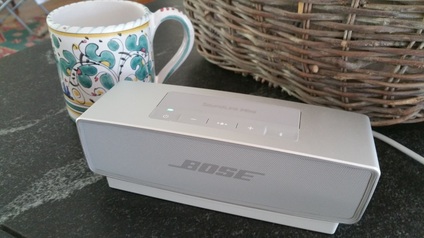 One of the absolute best $199 you'll ever spend. Perfect for the puppy room, where space and surface area is often at a premium. Wireless, light, easily pairs with your computer via bluetooth. Sound is AMAZING. No I do not get a spiff from BOSE ;o). One of the absolute best $199 you'll ever spend. Perfect for the puppy room, where space and surface area is often at a premium. Wireless, light, easily pairs with your computer via bluetooth. Sound is AMAZING. No I do not get a spiff from BOSE ;o).
One last word about music. Far be it for me to dictate your musical tastes, but just be aware that the music you play for your puppies can have a lasting effect on his adult personality - look at what happened to one of my friends' puppies when she played Jethro Tull for the litter... Weaning is going nicely. Pippi is definitely interested in spending less time feeding them, and we've got them eating a slurry of goat milk and lean ground venison, so everyone's happy.  A little sugar added to the milk can convince the hold outs to take the plunge A little sugar added to the milk can convince the hold outs to take the plunge They started showing interest in lapping liquids a while ago, but psychologically it can be difficult for the puppies to take the leap and really start eating on their own. That nursing has deep emotional salience for them - it's not about food, it's about all the self-soothing that goes along with it. So we had some stubborn hold-outs who were crying instead of drinking. Here's a few tips if you run into that situation - obviously this assumes that your bitch is not interested in staying in the box with the puppies anymore, and that can vary HUGELY from bitch to bitch:
Referenced Courses and Titles
25 Comments
Norma Murphy
9/3/2015 08:39:10 pm
I just love reading and following your puppies. You help us all strive to be better puppy starters! You are so right when you say the "race against nature". Thank you again for sharing your knowledge with us!
Reply
Jane Killion
9/4/2015 07:07:38 am
Norma, thanks! It's so difficult to stay organized when you're raising a litter and I hope the blog helps others with their plans!
Reply
Suzi
9/4/2015 05:18:06 am
I am always looking for new & more on the puppy rearing front, so I am reading your blog. It is interesting to see how differently you raise your pups in some respects. I raise ACDs and if they are with their pups 24/7 except for their "breaks". If I had a bitch that was clumnsy and laid on pups, etc, I would spay her and not keep her for my breeding program. The pig rail seems to be more then adequate to offer protection for newborns in our case. I also do not supplement feed prior to weaning preparation as I don't want to introduce foreign proteins any earlier then would be normal for a canid. Studies have indicated that exposure to foreign proteins at an early ge leads to a statistically higher amount of adult onset allergies in all mammals.....human and dog. So I feed my mothers a lot of good, natural, grassfed raw foods and RMBs so that they can rear their pups okay. Again, I would likely spay a bitch that had problems with adeqaute milk supply or who wanted to wwean her puppies too soon. I want to keep good mother abilities alive and thriving in my breed, so any bitch that doesn't get preganant easily, doesn't whelp easily, doesn't have decent-sized litters, doesn't have plenty of milk, doesn't keep milking for 5 weeks and who does not have good mothering instincts abilities, is carefully assessed. Of course there can be other reasons for some of thes "problems" so if I feel their is a plausible excuse and the bitch is something I relly want in my program, I will give her a second chance. But two strikes and she is no longer brood bitch material, for sure! I became more critical of good maternal qualities after raising beef cattle and sheep for many years. Basically any cow or ewe that doesn't wean a calf or lamb each year who is at least average in measurable traits (size, weight, sooundness, etc), is culled from the breeding program. I think that more dog breeders should consider these traits so that we don't end up breeding subfertile females with poor mothering traits, as there is a strong genetic component. All my pup s get both nerological and olefactory stimulation daly from Day 3 thru Day 19. They are extremely well socialized and expereince as many differnt sights, sounds, textures, people, animals, environments, etc as I can come up with! Starting at 4-5 weeks of they go to my agility and obedience classes with me and meet other dogs. I do titer testing to make sure they have adequate protection, and to date all of my pups have demonstarted strong antibody levels for distemper, parvo and adenovirus. I also provide several differnt "play areas" for them which are changed daily or more frequently, along with a lot of different stimulatiing toys, etc. I have a "puppy agility" course set up for them as well, which helps build confidence and coordination. Each puppy is evaluated regularly by both me and other breeders or dog savvy folks. I use many different methods to help match up each pup to their new partner or family.I feel that good breeding, genetic screening, feeding natural raw foods, careful and thorough socialization and testing/evaluating are all essential parts of raising a superior puppy. I look forward to gaining new ideas and information from your blog!
Reply
Jane Messineo Lindquist (Killion)
9/5/2015 09:55:12 am
Suzi, LOL! When I bought my first Cattle Dog bitch puppy, I asked the breeder how long I would need to plan to stay home for after she whelped her litter. The breeder said, "You could stay home for a day if you want." I just about fainted! We map out 3 weeks to stay home with our puppies.
Reply
Gayle
1/20/2016 08:21:59 am
What's the name of your Facebook group?
Eva Christina Campbell
7/22/2016 09:46:07 pm
Hi, Jane. I agree with your comment. I've discovered on my journey that everything pertaining to breeding is not black and white. There are many shades of gray...
Laura Crandall
2/18/2018 09:55:05 pm
Actually the newer research is showing that exposure to a wide variety of foods at a younger age may actually reduce future allergies in human infants.
Reply
amy bates
9/4/2015 05:20:32 am
Thanks for sharing all this fantastic information with us- LOVE IT! - what is the stuff you use as a litter tray? and can you tell us a little more about it
Reply
Jane Messineo Lindquist (Killion)
9/5/2015 09:56:10 am
I like "Yesterday's News" which is a pressed newspaper pellet - you can get it at all the big pet stores. The pellets I used for this litter were not as good, in my opinion - they were pressed pine and they were much messier than the pressed newspaper.
Reply
cheryl
9/4/2015 06:26:14 am
I love the picture of Bikini Bob and Sonya- shred my heart! While you're socializing those adorable puppies, you are also teaching young children kindness, gentleness, and empathy. Win-win. Thank you for the information your music choices. I am now listening to them all on Pandora. Who knew? I am learning ALL kinds of useful things from this blog. ;) I appreciate you for taking the time to share- I eagerly look forward to each installment.
Reply
Jane Messineo Lindquist (Killion)
9/5/2015 09:57:20 am
Cheryl, Sonya wants to be a dog trainer when she grows up and we hope she'll be spending a lot more time here in the coming years...
Reply
Sarah Campbell
9/4/2015 07:37:43 am
Thank you for all you do to educate us in the importance of ‘seizing the day’ when it comes to enriching the lives of puppies and their owners. I’m learning so much. All your hard work extends far beyond your adorable litter! I love seeing it as it happens!
Reply
Jane Messineo Lindquist (Killion
9/5/2015 09:58:30 am
Sarah, thank YOU for the kind comments! We get so much joy from breeding and raising dogs and we want to do everything in our power to pay it forward :o).
Reply
Thanks for sharing, cant wait to have my next litter that will be a Puppy Culture one. I'm already planning so many things, this info is amazing!!!!!!!! and congrats on your book "when Pigs Fly" it was really inspiring, a cornerstone in my relationship with my dogs, can't understand how I've been traditionaly training them for all those years!!!!! Now Im seeing real potencial in them and our relationship :)
Reply
Jane Messineo Lindquist (Killion)
9/5/2015 10:00:13 am
Matilde, thanks! Hope to see you and your future PC litters on the discussion group! The connection that these PC puppies have with us is mind-blowing!
Reply
9/5/2015 03:10:20 pm
I am not a breeder. I am not an exhibitor. I am a pet owner. But your blog brought up so many areas where I had questions; that remained unanswered that I love it. I would recommend it to anyone with a Bull Terrier.
Reply
Marilyn Welton
9/12/2015 06:34:07 pm
I have an 8 day old bullmastiff pup, female. She was a c-section delivery due to being a singleton, and her large size. Mom was a maiden bitch, and wants nothing to do with the pup. She allowed us to nurse the pup for colostrum the first 48 hours, but won't do any mothering, no time in the box with the pup, no licking, etc. We are now bottle feeding a goats milk formula, and stimulating the bowels, etc. We have her in a laundry basket with a heating pad, and rice sock warmies. She is gaining weight daily, and moving around the basket easily. I raised several Gordon Setter litters 30 years ago, but they took care of themselves! I am totally out of my element here!! We have been watching the PC DVDs, and following your blogs, which I find very interesting. I read "Suzi"'s entry above with interest about her ACDs and culling bitches who lack mothering skills...
Reply
Swain Joseph
10/28/2015 06:00:31 am
Great Job! Excellent and well documented blog, I am impress and happy to have find your blog. I will be in touch, I have a home that needs wants and can't wait for a pup. Hope to chat with you soon. Excellent job... Bullies bring out the best in their parents when giving the opportunity!
Reply
Just wondering when to introduce an adventure box. I'm ready to start off with small, soft, quietish things and slowly add more challenging items as they get older. (I think I'm having more fun with it than they will!) Thanks to you every where I go now I'm looking around and muttering under my breath - "enrichment" surprising what you can find.
Reply
Kristin
1/19/2016 05:29:00 pm
You are brilliant!!!
Reply
Luis soto
4/5/2017 08:37:05 pm
Puppies for sale?
Reply
Bonnie. Moore
5/11/2022 09:27:35 pm
Interesting!
Reply
Your comment will be posted after it is approved.
Leave a Reply. |
Categories
All
AuthorJane Messineo Lindquist (Killion) is the director of "Puppy Culture: The Powerful First Twelve Weeks That Can Shape Your Puppies' Future" as well as the author of "When Pigs Fly: Training Success With Impossible Dogs." Archives
November 2022
|
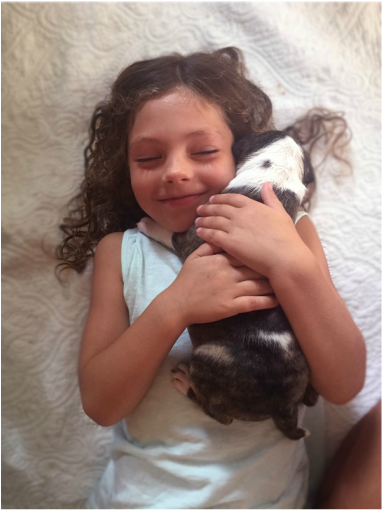
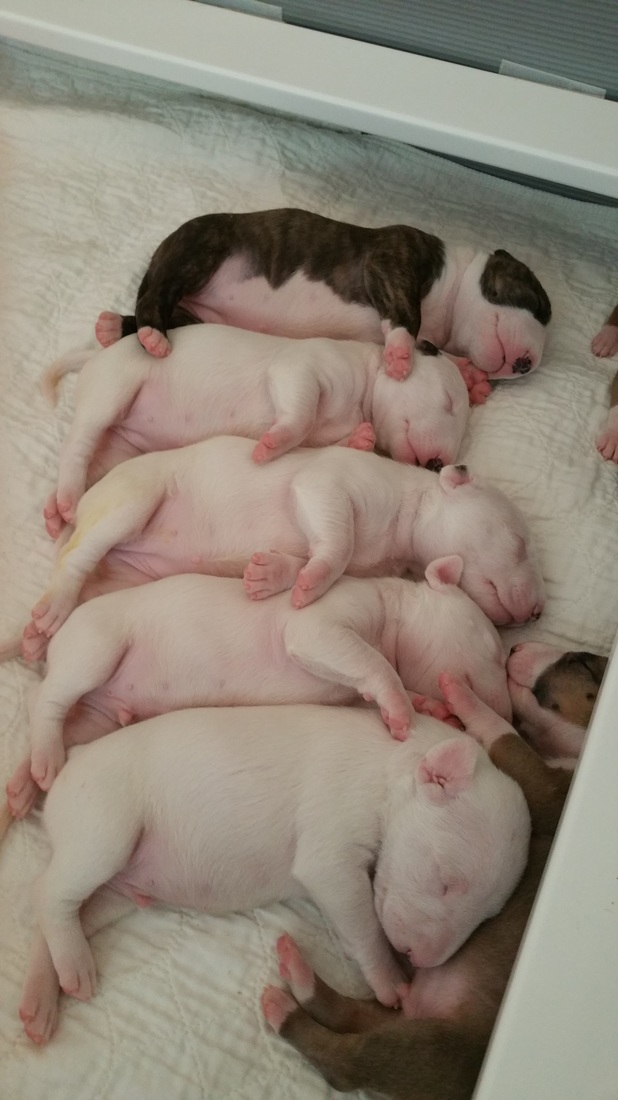

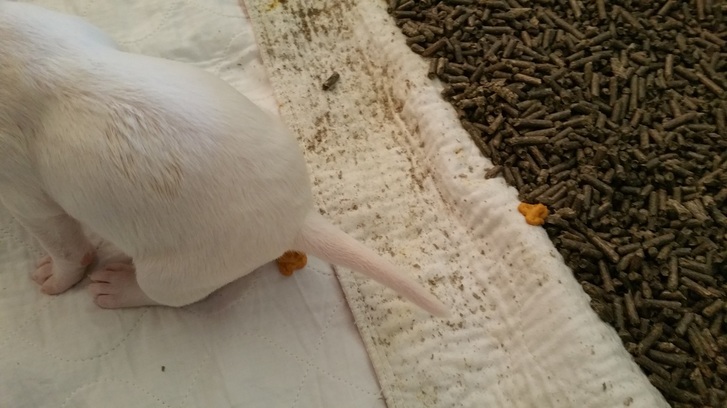
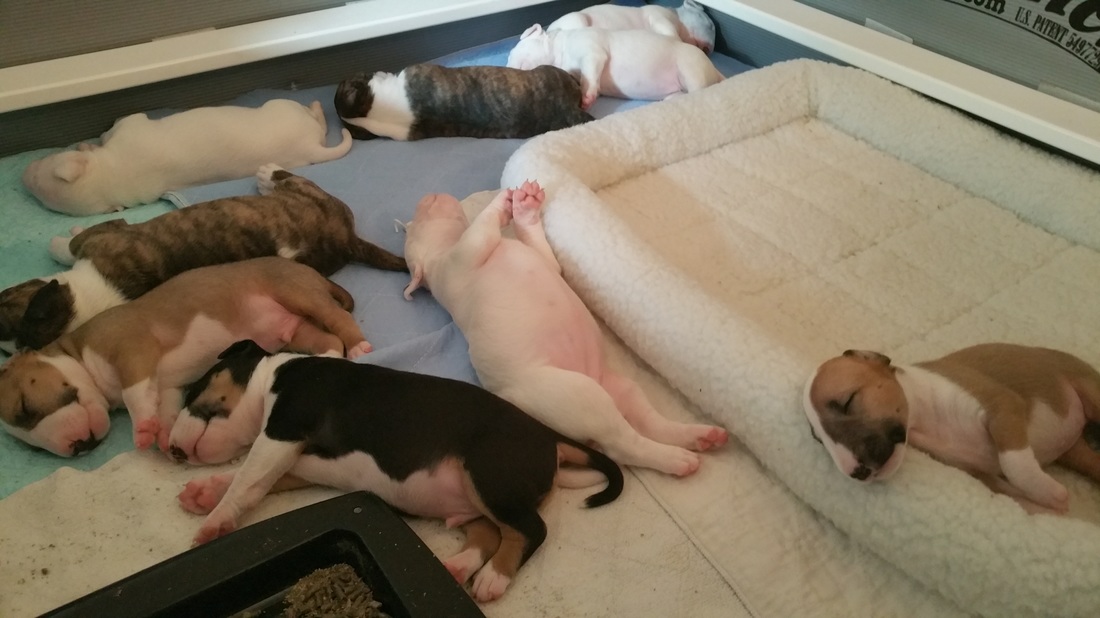
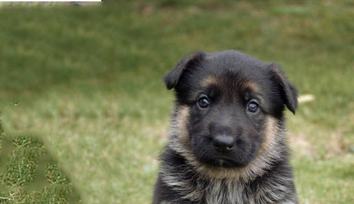
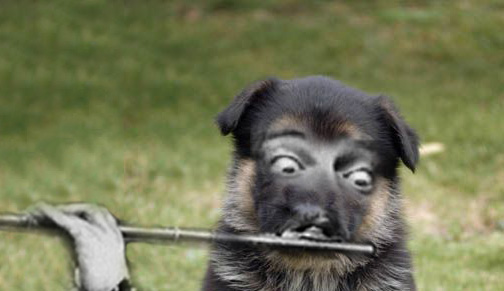
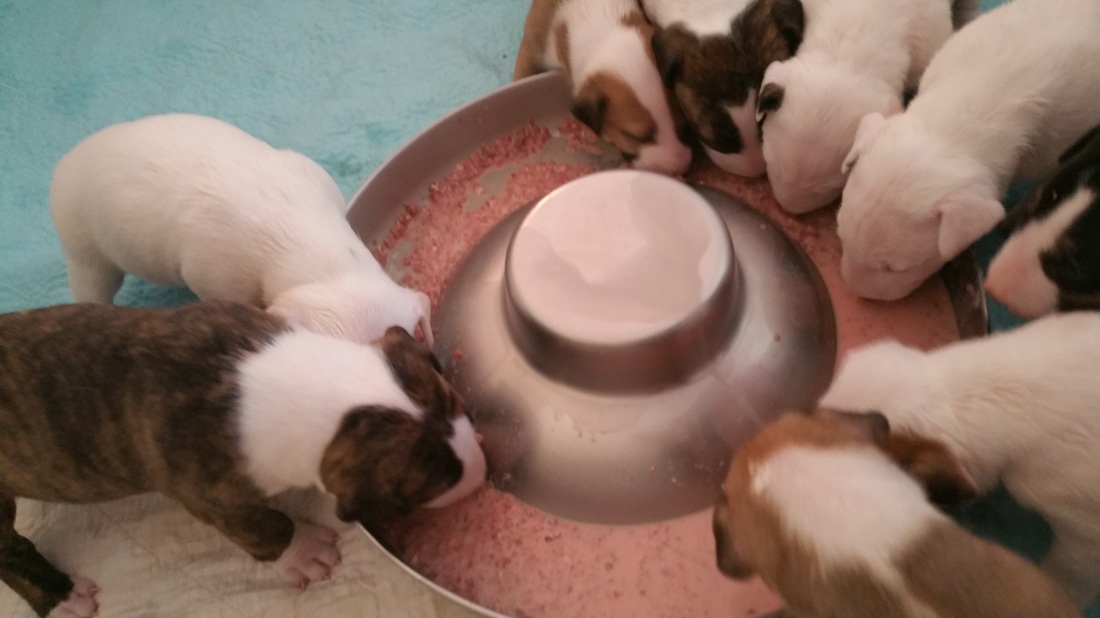
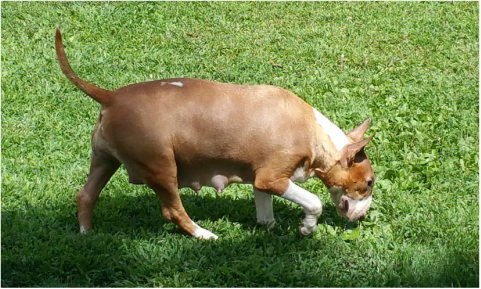


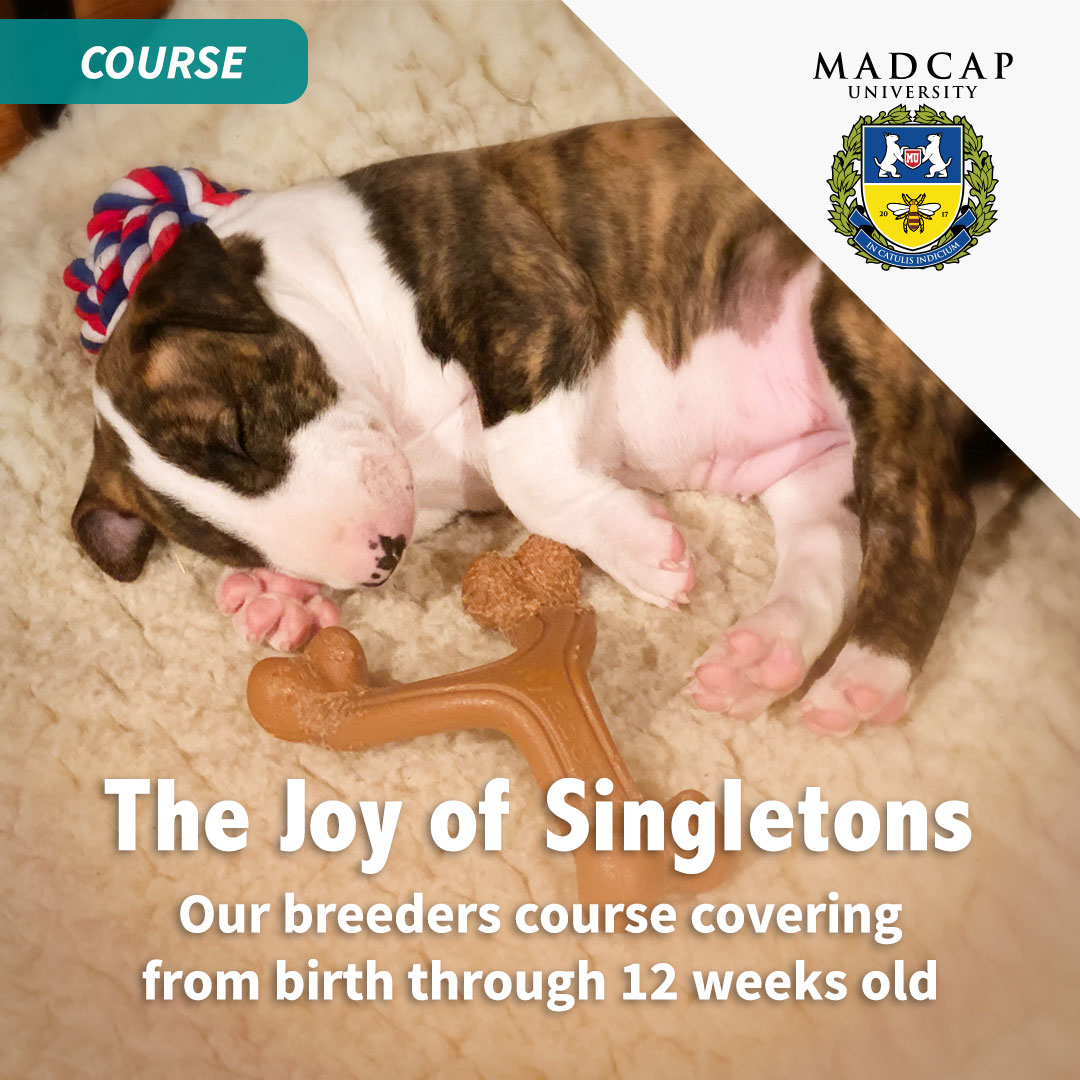
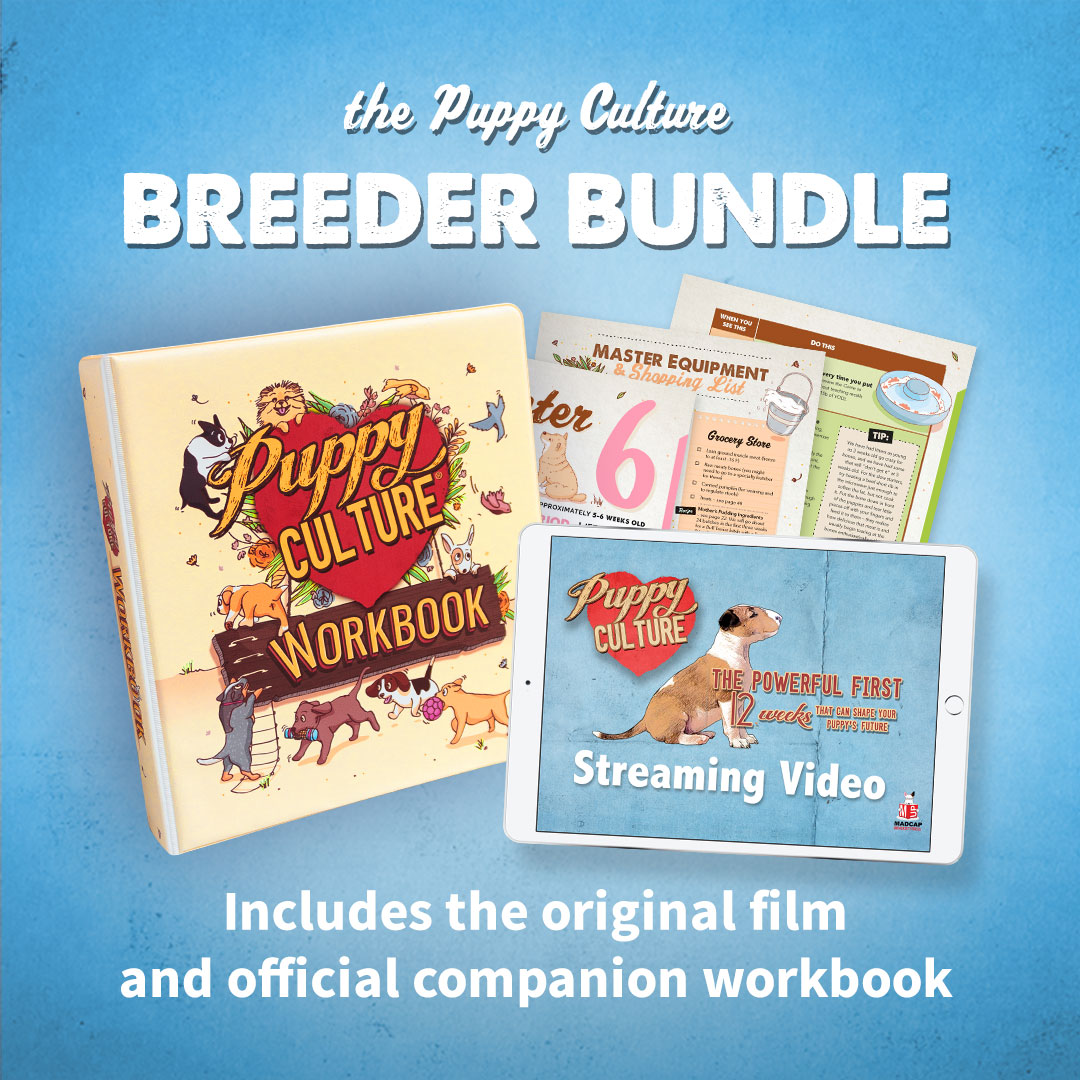
 RSS Feed
RSS Feed